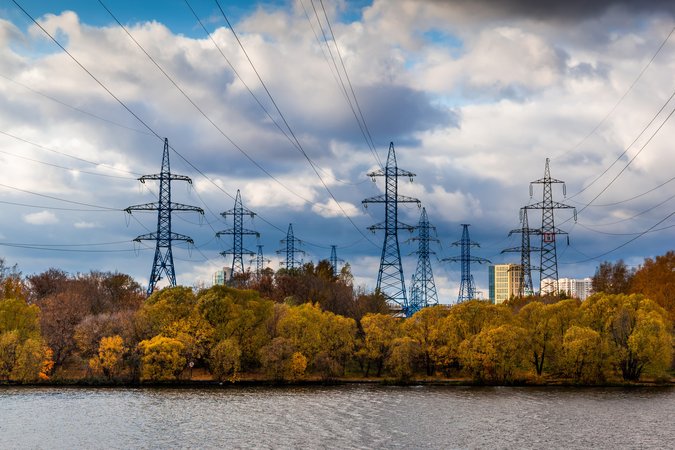Lighting Up the Last Mile: The Benefits and Costs of Extending Electricity to the Rural Poor
What role does electricity play in improving people’s lives? An analysis of the Philippines suggests that the benefits of rural electrification may be significantly high, even in the very short run.
Approximately one billion people live without access to electricity. However, there has been no study that rigorously estimates both the realized benefi
ts and costs of electricity provision. In this paper, we document substantial short-run welfare gains from electricity expansion in the Philippines. We
first project the expansion of the electricity grid under a least-cost fi
rst principle. Using this projected expansion as an instrument, we estimate large impacts of electricity infrastructure on household income and expenditures. We then use data on costs of electrifying individual villages to show that in a majority of cases, the physical cost of expanding electricity infrastructure is recovered after only a single year of realized expenditure gains. Finally, we
find that electricity does not increase employment, suggesting that increased labor force participation is not the relevant mechanism. Rather, increases in agricultural income appear to account for a meaningful share of the income gains from electrifi
cation. These fi
ndings suggest that the benefi
ts to rural electrifi
cation may be signifi
cantly high, even in the very short run.
Key findings
- Our study of the Philippines shows that access to electricity leads to large short-run gains in welfare at the village level.
- We use household-level data to study the causal effect of rural electrification in the country from 2003 to 2014 and compare that to data on actual electrification costs provided by the Philippine government.
- Our analysis suggests that the physical infrastructure costs of extending the electricity grid to a village are, on average, recovered after just a single year of realized welfare gains.
- A large part of these gains occur in the agriculture sector, not from increased employment outside the home.
Authors

Ujjayant Chakravorty

Kyle Emerick

Majah-Leah Ravago


